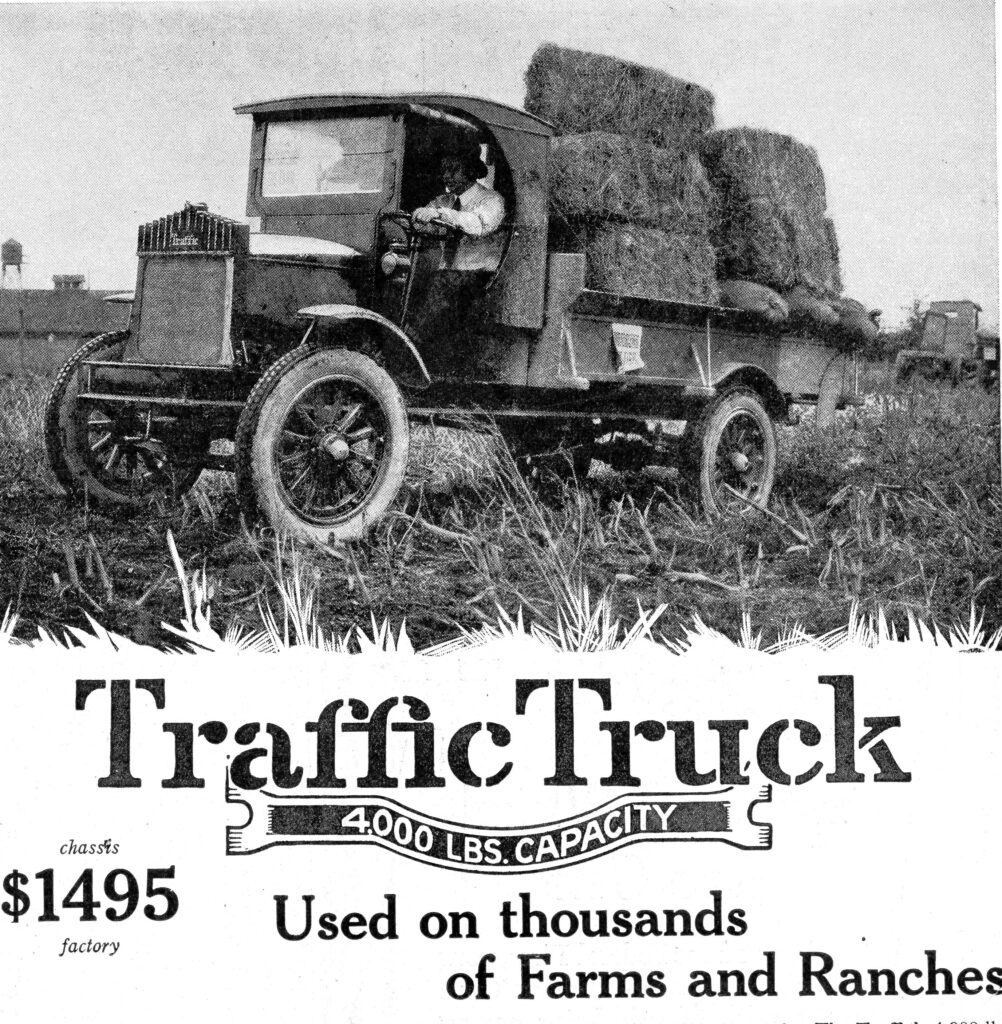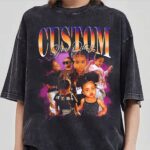Title: The Timeless Resonance of Vintage KLH Loudspeakers
In an era where technology evolves at an unprecedented pace, vintage audio equipment stands as a testament to the pursuit of sound perfection. Among the illustrious names that resonate with audiophiles, KLH Loudspeakers occupy a revered place in the pantheon of audio history. Founded in 1957 by Henry Kloss, KLH quickly established itself as a pioneer in acoustic innovation, merging striking design with unparalleled sound quality. This article delves into the rich legacy of vintage KLH Loudspeakers, exploring their groundbreaking features, cultural significance, and the ever-growing community of enthusiasts who continue to celebrate their sonic charm. Join us on a journey through time as we rediscover the artistry and engineering that made KLH a beloved choice for generations of music lovers.
Exploring the Timeless Design of Vintage Klh Loudspeakers
The charm of vintage KLH loudspeakers lies not only in their audio performance but also in their distinctive design aesthetic. Crafted during an era when craftsmanship and attention to detail were paramount, these speakers offer a glimpse into a golden age of audio. The elegant wood finishes, soft curves, and robust grille designs not only enhance their visual appeal but also contribute to their acoustic integrity. Each model is a testament to the company’s dedication to high fidelity, with sound reproduction that captures the essence of live performances. It’s not just about how they sound; it’s about how they looked and felt in a room, making them a beloved choice for audiophiles and interior design enthusiasts alike.
Key features that define the allure of KLH loudspeakers include:
- Iconic Wood Veneer: The beautiful hardwood finishes provide a warm and inviting aesthetic.
- Stylish Grilles: Often covered in fabric, these grilles visually soften the appearance and enhance the vintage vibe.
- Classic Vintage Appeal: Shapes and designs that emphasize the era’s unique style create a nostalgic atmosphere.
Moreover, the enduring popularity of KLH loudspeakers is reflected in the community of collectors and enthusiasts who cherish these iconic pieces. With their timeless design and robust performance, owning a pair of these vintage titans is not merely a purchase; it’s an investment in a piece of audio history. Their ability to seamlessly blend into a variety of interior styles—ranging from mid-century modern to eclectic—further cements their status as a design staple.Vintage Brass Letter OpenerPair Of Vintage Nightstands
The Sound Quality Legacy of Klh: A Deeper Dive
KLH loudspeakers have always been synonymous with high-quality audio reproduction, carving a niche for themselves in the vintage audio market. Known for their innovative designs and meticulous craftsmanship, KLH models have been revered by audiophiles and casual listeners alike. The brand’s commitment to sound fidelity has resulted in loudspeakers that not only deliver rich, immersive sound but also a distinct warmth. This is achieved through the use of high-grade components and well-engineered enclosures, which work harmoniously to create a listening experience that is both engaging and emotionally resonant.
Key features that have defined KLH loudspeakers include:
- Dynamic Drivers: Utilizing advanced driver technology for accurate sound reproduction.
- Acoustic Suspension: A design approach that enhances bass response while reducing distortion.
- Timeless Aesthetics: Vintage designs that complement modern interiors while retaining a classic allure.
| Model | Release Year | Noteworthy Feature |
|---|---|---|
| KLH 6 | 1965 | First model with a removable front grille. |
| KLH Model 5 | 1970 | Renowned for its compact design and robust sound. |
| KLH Model 17 | 1975 | Famous for its exceptional clarity and bass response. |
Restoration Tips for Vintage Klh Models
Restoring vintage KLH models can be a rewarding journey, allowing enthusiasts to breathe new life into these iconic speakers. Start by inspecting the exterior for any signs of wear or damage. Clean the wooden cabinets gently with a soft cloth and a mixture of mild soap and water, avoiding abrasive materials that could scratch the finish. For any scratches, consider using wood polish or touch-up markers specifically designed for wooden furniture. Here are some essential components to consider during restoration:
- Drivers: Check for functionality and clarity; replacing old or damaged drivers can significantly improve sound quality.
- Foam Surrounds: Inspect the speaker surrounds for deterioration; these can often be replaced with kits available online.
- Wiring: Ensure all connections are firm and free from corrosion, which can degrade sound output.
- Crossover Components: If you’re comfortable, consider examining and replacing old capacitors which may enhance performance.
Once the speakers are cleaned and vital components are assessed, you can focus on re-wiring or upgrading parts. Keeping the original charm in mind, choose parts that are compatible with the original specifications to maintain the vintage aesthetic. For those looking to delve deeper, tracking down schematics for your specific model can help guide the technical restoration process. Below is a helpful reference to guide your restoration efforts:
| Component | Suggested Action |
|---|---|
| Speaker Drivers | Replace if damaged |
| Foam Surrounds | Replace with a foam kit |
| Speaker Wire | Inspect and re-solder if necessary |
| Capacitors | Consider replacing old units |
Connecting Vintage Klh Loudspeakers to Modern Audio Systems
Integrating vintage KLH loudspeakers into modern audio systems can create a unique listening experience that blends nostalgia with contemporary sound quality. Start by assessing the impedance and sensitivity ratings of your KLH speakers to ensure compatibility with modern amplifiers. While vintage models often range from 4 to 16 ohms in impedance, modern receivers generally can accommodate these variations. For optimal performance, consider using a speaker switcher that allows for adjustments and ensures that your vintage speakers are not overdriven by powerful modern equipment.
Once compatibility is confirmed, focus on cabling and connections. Many vintage speakers use older connectors, so you may need to utilize adapters or invest in replacement cables that allow for a secure fit. Keep in mind the following essentials to enhance your audio setup:
- Quality cables: Opt for high-quality speaker wires to minimize signal loss.
- Amplifier features: Use a receiver with tone controls to fine-tune sound output.
- Placement: Experiment with speaker positioning to find the optimal acoustic environment.
To help you visualize potential configurations, here is a simple table outlining common vintage KLH models and their specifications:
| Model | Impedance | Sensitivity (dB) |
|---|---|---|
| KLH Model Six | 8 ohms | 88 dB |
| KLH Model Twenty | 4 ohms | 90 dB |
| KLH Model Seventeen | 8 ohms | 86 dB |
Collecting Klh: What to Look For and Where to Start
When diving into the world of vintage KLH loudspeakers, there are several key factors to consider in order to find the best pieces for your collection. Model is paramount; models like the KLH 6, 17, and 27 are particularly sought after for their distinct sound profiles and craftsmanship. Inspect the condition of the speakers closely, looking for any signs of wear such as frayed edges, dented grills, or rust. The drivers and woofers should be intact and functional, as replacing them can be a tedious and expensive process. Additionally, consider the originality of the parts: having original components versus aftermarket replacements can significantly impact value.
Furthermore, knowing where to source these vintage gems is crucial. Start your search at thrift stores, estate sales, and flea markets, where you might stumble upon hidden treasures at a bargain price. Online marketplaces like eBay and Craigslist are great platforms, but exercise caution and thoroughly vet sellers when purchasing. Connecting with audiophile forums or social media groups can also lead to advantageous networking opportunities and tips to help you refine your collection. Below is a simple guide for the core attributes to look for in KLH loudspeakers:
| Attribute | What to Look For |
|---|---|
| Model | Popular models include KLH 6, 17, 27 |
| Condition | Avoid frayed edges, check for rust |
| Functionality | Ensure drivers and woofers are intact |
| Originality | Prefer original parts over replacements |
Preserving the Klh Experience: Maintenance and Care Essentials
To ensure your vintage Klh loudspeakers continue to deliver that iconic sound, regular maintenance is crucial. Begin by keeping the speakers clean. Use a soft, lint-free cloth to gently wipe the cabinet surfaces, avoiding any harsh chemicals that could damage the finish. Pay special attention to the driver cones—dust and debris can diminish performance. Consider investing in a quality speaker brush or vacuum attachment designed for delicate electronics to help maintain the integrity of the sound drivers.
Additionally, check the speaker connections frequently to avoid any intermittency issues. Reconnect cables at the terminals to ensure they are secure and free from corrosion. If you notice any deterioration in sound quality, it may be time to look at replacing aging components. You can source replacement parts from reputable suppliers specializing in vintage audio equipment; however, always ensure they match the original specifications for optimal performance. Here’s a quick guide for maintaining your Klh loudspeakers:
| Maintenance Task | Frequency |
|---|---|
| Clean cabinet and drivers | Monthly |
| Check and secure connections | Every 3 months |
| Inspect for sound quality issues | Every 6 months |
| Test for component deterioration | Annually |
Q&A
Q&A: Discovering Vintage KLH Loudspeakers
Q1: What are KLH loudspeakers, and what makes them ‘vintage’?
A1: KLH loudspeakers were first designed by Henry Kloss in the 1950s and quickly gained a reputation for their innovative designs and high fidelity. They are considered ‘vintage’ due to their age, having been produced primarily in the late 20th century, particularly from the 1960s to the early 1980s. Collectors often seek these speakers for their historical significance and distinctive, warm sound quality.
Q2: What are some of the most notable models of vintage KLH loudspeakers?
A2: Among the most celebrated models are the KLH Model 6, which featured a unique design with a larger 6.5-inch woofer and exceptional bass response, and the KLH Model 17, renowned for its rich sound and aesthetic appeal. The Model 9, famous for its electrostatic design, offered a truly unique listening experience and is highly sought after by audiophiles today.
Q3: Why are vintage KLH loudspeakers still relevant in today’s audio market?
A3: Vintage KLH loudspeakers remain relevant due to their reputation for quality sound and solid construction. Audiophiles appreciate the character and warmth of analog sound, often preferring the distinct acoustic qualities of vintage models over modern counterparts. Many listeners find that these speakers pair exceptionally well with retro audio systems, creating a nostalgic yet rich auditory experience.
Q4: What should someone consider when purchasing vintage KLH loudspeakers?
A4: Potential buyers should consider the condition of the speakers, as age can lead to wear on components such as drivers, crossovers, and cabinet finishes. Listening tests are essential—ensure the speakers produce clear sound without distortion. Additionally, verifying the authenticity of the model and checking for original parts can help maintain the speaker’s value.
Q5: How can I maintain and care for my vintage KLH loudspeakers?
A5: Regular maintenance is key to preserving vintage KLH loudspeakers. Keep them clean by gently dusting the cabinets and removing dirt from the grill cloth, avoiding any moisture. It’s helpful to check connections and wiring for wear. If you’re not experienced in speaker repair, consider consulting a professional to restore or replace any faulty parts without compromising sound quality.
Q6: Are vintage KLH loudspeakers a good investment?
A6: Vintage KLH loudspeakers can be a sound investment, especially if they are well-preserved and sought after models. As with all collectibles, market demand fluctuates, but many enthusiasts and collectors appreciate the historical value and craftsmanship of these speakers, often leading to increases in resale value over time.
Q7: Where can I find vintage KLH loudspeakers for sale?
A7: Vintage KLH loudspeakers can often be found at estate sales, audio expos, thrift stores, and online marketplaces such as eBay, Craigslist, and specialized audio forums. It’s advisable to check local audio shops that focus on vintage equipment, as they may sell refurbished models or offer leads on trustworthy sellers.
Q8: What makes listening to vintage KLH loudspeakers a unique experience?
A8: Listening to vintage KLH loudspeakers offers a glimpse into audio technology’s past, where design often prioritized warmth and richness in sound. Many listeners describe the experience as intimate—a perfect complement to vinyl records and classic audio setups. The craftsmanship and character of these speakers enhance the nostalgia associated with vintage music and recordings, making each listening session a unique journey through sound history.
The Way Forward
As we close the chapter on the timeless legacy of vintage KLH loudspeakers, it’s clear that these audio marvels have not only stood the test of time but have also carved a unique niche in the hearts of audiophiles and collectors alike. Their blend of rich sound quality, innovative design, and the nostalgic charm of yesteryear resonates with anyone who appreciates the art of sound. Whether you’re a seasoned enthusiast or just beginning to explore the world of vintage audio equipment, KLH loudspeakers serve as a reminder of the golden age of sound reproduction. As you continue your journey through the rich tapestry of audio history, let the echoes of KLH inspire your passion for timeless craftsmanship and superior acoustics. In a world that often prioritizes the new over the old, these speakers remind us that sometimes, the best treasures are those that have aged gracefully.


